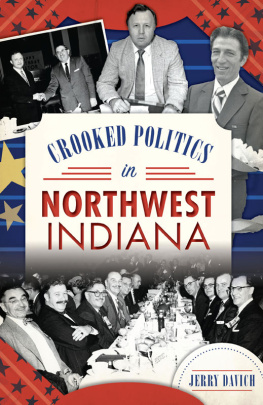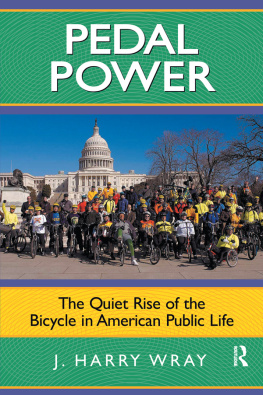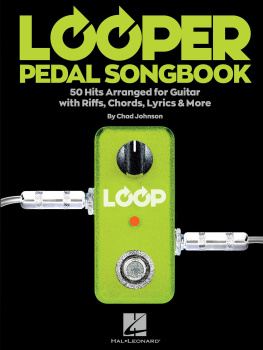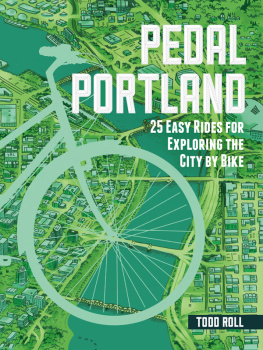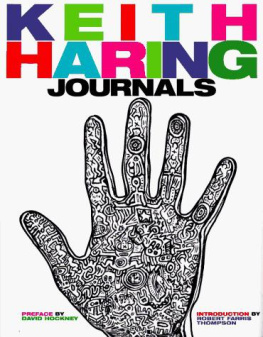Gas Pedal to Back-Pedal
The Second Century of Auckland Transport
Keith Mexsom
Copyright Keith Mexsom
First Published January 2021
ISBN: 978-0-6485129-3-6
Contents
Acknowledgements 1
Introduction 2
Chapter One: Pre-1940 The Beginning of a Greater Auckland 3
Chapter Two: 1940 to 1949 More Cars Cometh 31
Chapter Three: 1950 to 1959 Lets Debate and Decide 100
Chapter Four: 1960 to 1969 Lets Debate and Not Decide 220
Chapter Five: 1970 to 1979 They Will Let You Down 384
Chapter Six: 1980 to 1989 Congestion Complete 539
Chapter Seven: 1990 to 1999 Auckland Slows to Gridlock 551
Chapter Eight: 2000 to 2009 Is There an Exit? 583
Chapter Nine: 2010 to 2019 A Greater Auckland at Last 641
Chapter Ten: 2020 to Infinity A Public Transport Victory 709
Afterword 716
Appendices 717
References 719
Index 753
Acknowledgements
First and foremost, my thanks to The Bruce Jesson Foundation which, way back in 2008, thought my ambition to write of the commercial influences on Auckland transport planning worthy of the Bruce Jesson Critical Writing Award for that year. That initial research resulted in the publication of Waka Paddle to Gas Pedal The First Century of Auckland Transport the precursor to this volume.
Also, a thank you to the Special Collections Librarians of the Auckland City Library who kindly allowed me to access the papers of the late Sir Dove-Myer Robinson; and to the Interloan and Information Librarians who diligently searched for and provided me with copies of many obscure documents.
Ultimately, both this volume and its predecessor are anthologies; collections of the observations of many learned researchers, journalists, witnesses, and commentators the voices of both past and presently-living individuals who have either influenced or recorded the events that constitute Aucklands transport history. It is they who deserve the greatest credit for having provided the essence upon which this story is based.
Cover Design: Graham Kennedy
Gas Pedal to Back-Pedal
The Second Century of Auckland Transport 1940 to 2020
Is it too much to suggest that the connection of New Zealanders with their land has contributed to the essential liberalism the placing of individual freedom and material gain over that of the public interest of New Zealand society? [1]
Introduction
Gas Pedal to Back-Pedal is the second part of a planned trilogy describing Aucklands transport history from 1940 to 2020.
This part tells a story of countless, costly studies and reports and why most of the advice to create an integrated transportation system was not acted upon. It is a tale of how the parochialism and fragmented vision of city leaders played into the hands of begrudging, purse-string-holding Governments of the day; of Governments all too willing to favour the laissez-faire principles of those tyre-and-tarmac entrepreneurs collectively known as the Road Gang those descendants of Aucklands limited circle and other gentlemen of fortune who shaped the citys early growth and who continue to dominate its future by way of land speculation and financial control.
The story describes how the motor vehicle evolved from a novelty and a nuisance of the 1920s to an indispensable utility that virtually replaced the citys public transport services with chronic road congestion.
Indeed, it has been a long, overcrowded road since the concept and ambition of an Auckland underground railway was first proposed by a detachment of Royal Engineers surveying Auckland in the 1860s. Then there were the Town Hall and Morningside deviations, planned as early as 1912, but since abandoned many times because of war, shortages of finance or materials, local and central government differences, political machinations, and a distinct lack of speculative daring.
After such a long history of false promise and failure, it was by no means an understatement when the Auckland Councils new Mayor, Len Brown , described the Governments commitment in 2016 to fund half the cost of constructing the City Rail Link (CRL) as unprecedented and an historic milestone.
This is a narrative about those who took many hesitant steps to finally reach that milestoneand those that didnt
Chapter One
Pre-1940 The Beginning of a Greater Auckland
Planning and Politics
In the consideration of the very important question of local self-government, we desire above all things to avoid a contentious and dogmatic spiritWe have fallen upon times when it is imperative that prejudice and partiality should give way before truth. [2]
In 1840, Aucklands first surveyor-general, Felton Mathew , looked from the summit of Mount Wellington and envisaged a network of canals and railway lines linking his chosen site for the new city (now the Auckland suburb of Panmure) with the rest of the country. Unfortunately, Felton Mathew was not in the job for long and most of his plans for the new settlement were subsequently ignored. So were those of another budding town planner of the time and one of the settlements first land speculators, Bishop Selwyn :
Bishop Selwyn, notable churchman, statesman, architect, was also a town planner with ideas 100 years ahead of his time. He knew a better site for Auckland. With ideas of providing substantial endowments for his Church he acquired, in the 1840s, considerable areas of land in what are now known as the eastern suburbs Mission Bay, St. Heliers. He thought that the City of Auckland would probably grow up with its heart in that area.
To-day, town planners say he had the right idea. Auckland would have been ideally planned with its centre in that area, and with its residential areas spreading out in two wings along the hills overlooking the Waitemata and the Hauraki Gulf on either side. The present city area, centred on Queen Street, would have been a beautifully-situated suburb; the urban area would not now be encroaching on the burnt clay products zone of western Avondale and beyond, and the question of siting for industry and the provision of traffic outlets, north and south, would not be the problem it is now proving to be. [3]
More than a century later, the same problem of siting for industry and the provision of traffic outlets remained unresolved when another entrepreneurial visionary, Sir James Fletcher , advocated the redevelopment of the same part of Aucklands eastern suburbs with the reclamation of Hobsons Bay. However, as reported by the August 1955 edition of Comment Magazine, Fletchers grand plan was sure to follow those of Felton Mathew and Bishop Selwyn to oblivion: Reclamation and redevelopment of Hobsons Bay, sponsored by Sir James Fletcher, as the biggest scheme ever for Auckland, involving, in effect, transplanting the heart of the city, are proposals which have captured the imagination of citizens with lofty and commendable ideas, but dour people are looking much deeper. And the closer they look the more they get frightened. [4]
Thanks to those dour people, the City has remained centred on Queen Street. There are no canals, but there is a railway of sorts and a few roads. And, while many of Aucklands twenty-first century citizens and visitors may not think it, the Citys eventual layout and infrastructure has resulted from some planning since its founding. This and later Chapters describe parts of that planning from the early twentieth century, and demonstrates how the layout and progress of any city is ultimately and inexorably defined by its transport systems.




